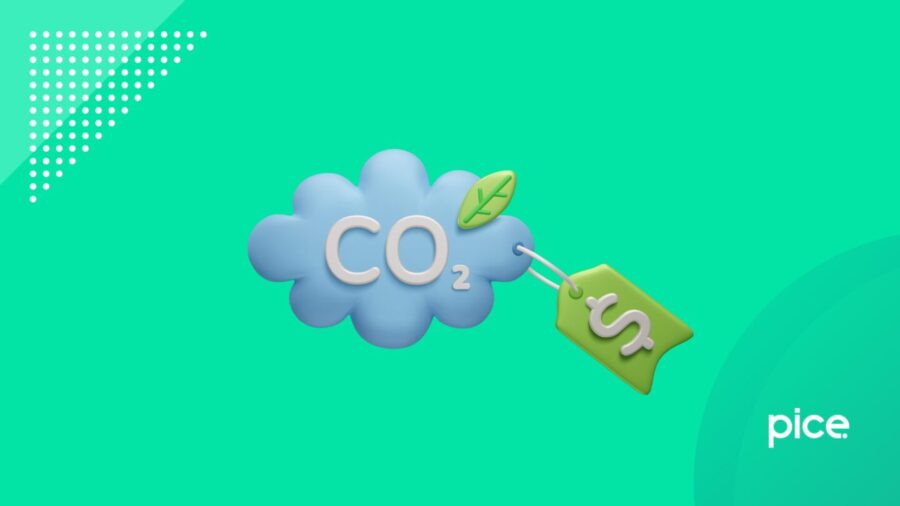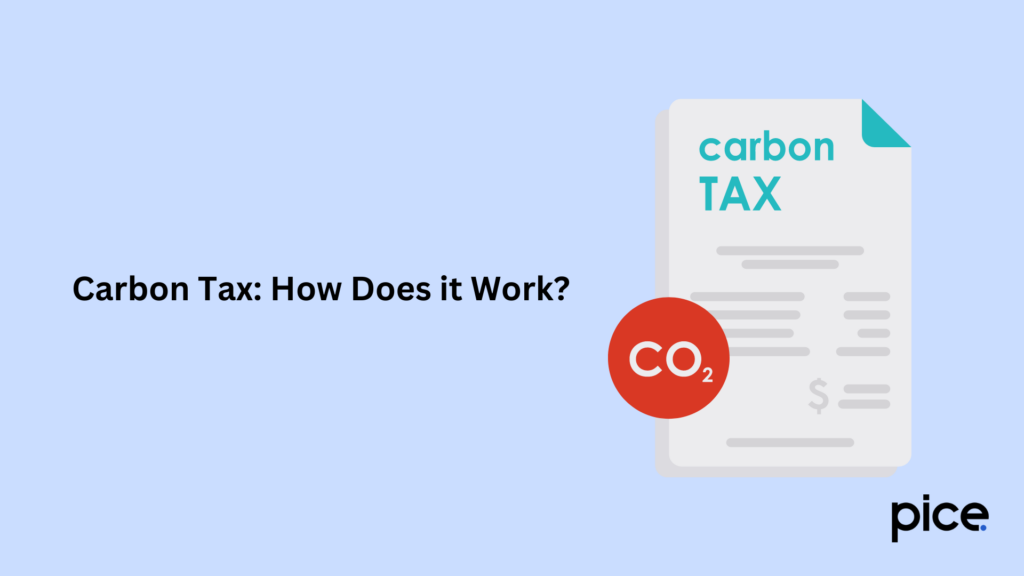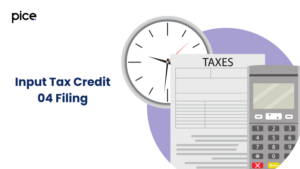The Impact of Carbon Tax and GST on the Economy
- 20 Sep 24
- 5 mins

The Impact of Carbon Tax and GST on the Economy
Key Takeaways
- Carbon Tax: A fee on carbon-based fuels to reduce greenhouse gas emissions and encourage cleaner energy use.
- Mechanism: Carbon tax creates financial incentives to lower carbon footprints by charging for carbon dioxide emissions.
- Fuel Variations: Different fuels incur different tax rates, with higher taxes on fuels with higher carbon content.
- Global Implementation: Countries like Sweden, Canada, the UK, and New Zealand have various carbon tax mechanisms to reduce emissions.
- Carbon Credits: The export and transfer of carbon credits promote international cooperation in reducing global emissions.
A carbon tax is a fee imposed on the burning of carbon-based fuels (coal, oil, gas). The primary aim is to reduce greenhouse gas emissions. The tax is based on the carbon content of the fuel, incentivizing businesses and individuals to decrease their carbon footprint by using less fossil fuel or switching to cleaner alternatives.
Carbon Tax: How Does it Work?

Carbon tax works by putting a monetary price on carbon emissions, which creates a financial incentive to reduce emissions. When companies or individuals use carbon-based fuels, they pay a tax proportional to the carbon dioxide emitted. This encourages energy efficiency and the use of renewable energy sources, helping to mitigate climate change.
Different Fuels – Different Carbon Tax
The carbon tax varies depending on the type of fuel. For example:
- Coal: Has the highest carbon content, thus incurs the highest tax.
- Oil: Mid-range carbon content and tax rate.
- Natural Gas: Lower carbon content, hence a lower tax rate. This tiered taxation encourages the use of fuels that produce less carbon dioxide.
Carbon Tax – Who Gets Taxed?
The carbon tax is typically imposed on producers and suppliers of fossil fuels, which then pass the cost onto consumers. It can also be applied directly to consumers, such as through increased prices for gasoline and electricity. The idea is that the added cost will drive all sectors of society to reduce their carbon emissions.
Carbon Tax – Reducing Climate Change
By increasing the cost of carbon emissions, a carbon tax encourages businesses and consumers to shift towards cleaner energy sources and technologies. This reduces the overall carbon footprint, contributing significantly to efforts to mitigate climate change.
Which Countries have Carbon Tax?
Several countries have implemented carbon taxes, including:
- Sweden: One of the highest carbon taxes globally.
- Canada: Federal and provincial carbon pricing mechanisms.
- United Kingdom: Carbon Price Floor policy.
- New Zealand: Carbon tax on fossil fuels. These countries demonstrate various approaches to integrating carbon taxes into their economies.
Carbon Credits in the Global Market

The export of carbon credits is vital for international efforts to reduce greenhouse gas emissions. Countries and companies that exceed their reduction targets can sell these excess carbon credits to others needing to offset their emissions. This supply of carbon credits creates a market mechanism that incentivizes lowering carbon footprints.
Both mandatory regulatory frameworks and voluntary carbon credits markets provide opportunities for emission reductions. The transfer of carbon credits between entities promotes international cooperation and funding for sustainable projects, making it an essential element of global environmental strategies.
Understanding the taxability of carbon credits is crucial, as different jurisdictions have varying tax regulations impacting the profitability of these transactions. The chronology of carbon tax implementation shows the evolving nature of climate policies and the focus on reducing emissions of carbon dioxide.
Addressing the externalities of carbon emission highlights the importance of these mechanisms in mitigating health and environmental impacts. Variations in carbon tax rates and pricing on carbon emissions reflect regional economic conditions and policy priorities, driving a shift towards greener economies.
Conclusion
Eliminating the Goods and Services Tax (GST) in respect of carbon pricing can simplify the tax structure and ensure that the carbon tax's environmental objectives are met without additional financial burden. This focused approach can enhance the effectiveness of carbon pricing as a tool for reducing greenhouse gas emissions.
💡If you want to pay your GST with Credit Card, then download Pice Business Payment App. Pice is the one stop app for paying all your business expenses.
 By
By 


















